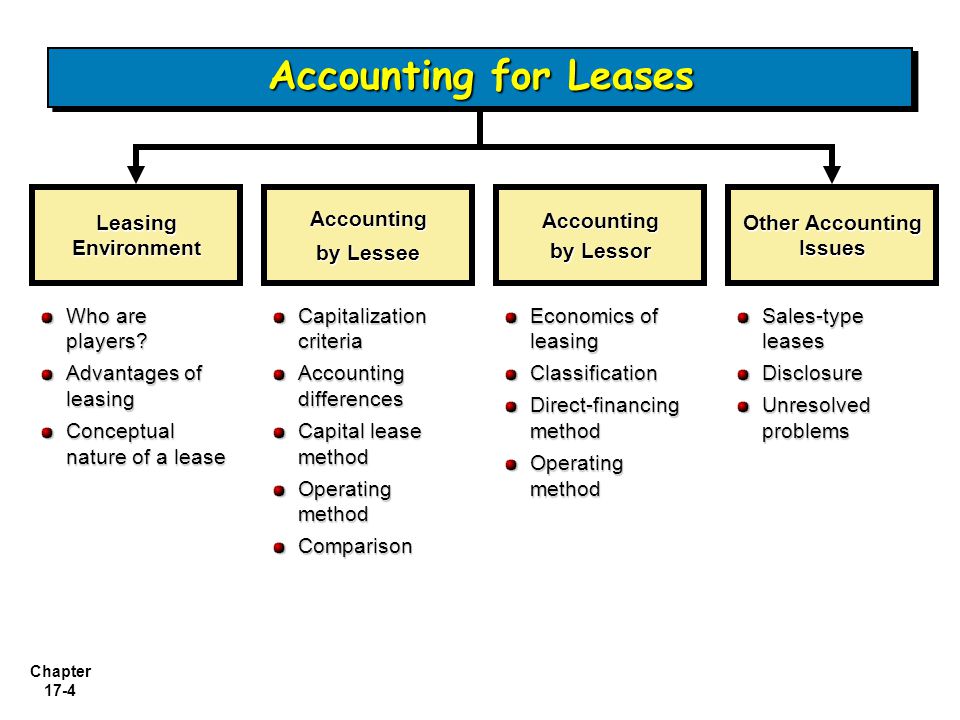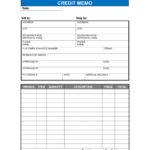Deposit payments into the Undeposited Funds account in QuickBooks Desktop

Undeposited funds in QuickBooks Online refer to payments received by a company that have not yet been deposited into the bank account. Undeposited funds in QuickBooks Online can cause confusion and inaccuracies in your financial records if not properly managed. In this comprehensive guide, we’ll walk you through the process of cleaning up undeposited funds in QuickBooks Online, as well as how to clear, fix, get rid of, and delete undeposited funds.
If you need to delete a bank deposit, click the deposit or amount field in the Deposit Detail report and then click More at the lower part of the screen and then select Delete as shown below. Say we received a $1,700 check payment from Aaron Berhanu for a heating, ventilation, and air conditioning (HVAC) installation invoice. When you receive a paper check or cash for payment of an invoice, click on the + New button at the upper left portion of your QuickBooks Online dashboard and then select Receive payment, as shown below. The interface for managing undeposited funds in Quickbooks Online is more intuitive, with a simpler, more user-friendly workflow when compared to the Desktop version.
Step 4: Record Any Additional Deposits
It’s possible that you’ve seen it many times without knowing much about it, or when you should use it. Well, get ready to learn something new and take a thorough look at Undeposited Funds. Sign up to receive more well-researched small business articles and topics in your inbox, personalized for you.
Select a Country
- Instead of directly recording these transactions as separate deposits into your bank account, you can use the Undeposited Funds account to record a lump sum deposit that will match your bank statement.
- By utilizing undeposited funds, Quickbooks allows for the efficient aggregation of payments received, centralizing them before they are deposited into the bank.
- The next step in clearing undeposited funds involves creating a bank deposit in QuickBooks Online to consolidate and record the pending payments for eventual deposit into the company’s bank account.
It plays a pivotal role in maintaining financial transparency, aiding in the smooth functioning of the clearing process in QuickBooks Online. By following the step-by-step methods outlined in this article, you’ll gain a clear understanding of how to manage undeposited funds effectively, ensuring the accuracy of your financial data. Setting up undeposited funds in Quickbooks Online involves accessing the accounting settings and configuring the undeposited funds account to ensure accurate recording of financial transactions. Before initiating the clearing process, it is crucial to review the undeposited funds account in QuickBooks Online to identify all pending payments and receipts awaiting deposit.
How To Manage QuickBooks Online Bank Feeds
Any undeposited payments sitting in the Undeposited Funds account will appear in the list of payments without a checkmark. Verify that the total on your bank deposit screen matches the total deposit on your physical deposit slip. Suppose we recently received an upfront payment of $150 in cash from Robert Allard for an A/C repair service. When you immediately receive a cash or a check for a sales transaction without having created an invoice, then you must use the Sales receipt form to record the check and revenue. By incorporating this approach, businesses can demonstrate their commitment to financial transparency and accountability, thereby instilling trust and confidence in their financial operations. Accurate categorization facilitates the reconciliation process, simplifying the identification of any discrepancies and contributing to overall financial transparency and compliance.
Deposit payments into the Undeposited Funds account in QuickBooks Desktop
Once the deposits are created, you can match them with the actual bank deposits to ensure all transactions are accurately reflected. Be sure to verify that the funds have been correctly allocated before finalizing the clearing process in QuickBooks Desktop. This not only promotes transparency and accountability but also aids in accurate cash flow management and budgeting. wave accounting pricing 2021 These funds serve as a temporary holding account and allow for grouping multiple payments together before depositing them into the designated bank account. This process streamlines the bank reconciliation process and ensures that the company’s financial records accurately reflect the transactions.

For this, we have what is double entry accounting and bookkeeping a detailed guide on how to set up the products and service list in QuickBooks Online. Once done, click Save and close, and your received payment will automatically be reflected in the Undeposited Funds account. In this article, we’ll show you the step-by-step process of using the Undeposited Funds account in QuickBooks Online.
Categorizing transactions according to their nature helps in tracking income and expenses efficiently. Moving money from undeposited funds in Quickbooks Online involves creating bank deposits and transferring the funds from the undeposited account to the appropriate bank account within the system. Take your time to verify the details before finalizing the clearing of undeposited funds to maintain the integrity of your accounting records. Mismanagement of undeposited funds normal balance of accounts can result in errors in tax filings and financial statements, potentially causing compliance issues.
When all checks and cash payments are entered and you’re ready to deposit them, you can take them out of the Undeposited Funds account and make a single deposit in your bank account. You can then review your deposit to see if the amount recorded matches the total fund deposited. This practice is crucial for accurately reflecting the financial status of the business and ensuring that all transactions are accounted for in a timely manner. Timely deposits help in preventing discrepancies and errors and ensure that the financial records are in line with the regulatory requirements. It prevents overstatement of income and avoids discrepancies in reconciliations, which are crucial for decision-making and financial analysis. To resolve this issue, it is essential to regularly review bank and credit card statements, categorize transactions accurately, and use payment matching to identify and merge duplicate entries.



No Comments